Dad was born on the 9th of January, 1924, at 22 Endle Street, Southampton, which was close to the River Itchen and Southampton Docks. At the time, the St Mary’s area of Southampton was a bustling centre of industry, known as the “Gateway to the Empire”, with extensive rail yards close to the docks and major rail links across the country, gas works, timber and coal yards, and shipbuilding facilities.
His mother, Nellie Boulter, was the third wife of his father, James Charles Lines, and Dad had a large number of half-sisters and half-brothers from his father’s previous marriages. Nellie had also been previously married to Frank Davies and in total dad had 15 half brothers and sisters as well as his brother and sister, my Uncle Pete (Leslie) and Aunt Edith, the only ones I really have any memory of. Nellie also died, and James Charles went on to marry a fourth time. Dad never talked much about his family, but he did write a brief family history, in which he noted about his parents, “When this wife died, I think about 1936, the family broke up somewhat”.
He attended “The Deanery Senior Boys’ School”, which was a short distance from his home. The school was in the grounds of “The Deanery”, an ancient medieval site. In 1880, a group of schoolteachers formed Deanery FC, which was subsequently absorbed five years later by Southampton St Mary’s club, later to become Southampton FC. The school is no longer there and is now the site of student accommodation. He attended the Deanery School between October 1934 and December 1937. In December 1939, just before his 16th birthday, he began a lifelong love of the sea.
Leaver’s Record
For the first two years of the Second World War, he served in the Merchant Navy, serving on supply vessels across the world to Canada, the USA, the West Indies, Panama, and Iceland. In 1942, he joined the Royal Navy. At just eighteen, he volunteered for “Combined Operations in Assault Boats” and went on two, three-month training courses.
I remember one occasion when we were returning from visiting my sister, Sheonaid, in Lochgilphead, passing through Inveraray, he pointed to the Folly, Dùn na Cuaiche. He mentioned that he had climbed to it many times when he was stationed in Iveraray training during the war. Like many ex-servicemen, he rarely spoke about his time during World War II, and this was the first time he had shared his experiences with me.
Inveraray was the location for “No. 1 Combined Training Centre”. Its prime purpose was to train army and navy service personnel in the use of landing craft for landing troops, supplies, ammunition and weaponry onto heavily defended enemy-occupied beaches. Dad was based here for three months before heading to Hayling Island to complete his training and join the “552 Assault Boat Flotilla”.
He took part in reconnaissance raids of Îles Saint-Marcouf, two small islands off the Normandy coast, occupied by German forces. The islands became the first French territory that seaborne Allied forces took on D-Day. He was also part of full assault landings at Arramanches, Noord-Beveland (the battle of Scheldt), Walcheren Causeway, and Arnhem. He also landed and stayed at Terneuzen, Breskens and Nijmegen.
Dad left the Royal Navy in April 1946 and returned to the Merchant Fleet, sailing across Europe, the Mediterranean, Australia, and India. He told me a tale about his time in India. His ship had docked in Bombay (Mumbai), and the crew had shore leave. He and a couple of friends left to do some sightseeing in the city. They came across an old Hindu at the quayside, and Dad, seeing that he was in very poor health, gave him “a few annas so he could get fed”. The old man didn’t thank him, but instead he told him that he would never want for anything and that two women would be very influential in his life, one dark-haired and the other red. He thought no more about it until about a year later, whilst on a run to South Africa, he received a letter from a friend in Edinburgh, Stella Gardner, who was dark-haired. Stella asked him if he would be a pen-friend to Jessie, one of her friends in Edinburgh. He did, and she had auburn hair.
Dad married Jessie Barclay Galloway on the 25th of February, 1950, in The Pleasance, Edinburgh, and soon after, the couple moved to Southampton to live with Fred, one of Dad’s half-brothers. Dad worked for the Red Funnel Line, on a ferry between Southampton and the Isle of Wight (they still operate). I think Mum got very homesick and claimed that the weather in the south “didn’t suit her”, and the couple returned to Edinburgh to live with my Gran at 10 Salisbury Street. It was here where my sister, Sheonaid, was born and where they lived until 1955 when the family moved to their own house at 8 Firrhill Loan.
Dad on Red Funnel Line Ferry
Dad got a job in Leith Docks, firstly as a stevedore and then as a rigger with Henry Robb Shipbuilders. He told me a story about always having a bucket, lemonade bottles, a funnel, a piece of muslin and a sieve handy if ever they were loading whisky. If a case “accidentally” fell and a couple of bottles were smashed, they would have the equipment ready to strain the whisky from the broken box into lemonade bottles.
In the late 1950s, Dad attended night school and undertook extensive studying to gain qualifications. He had left school at 13, and although he possessed an excellent knowledge and understanding of ships and sailing, he lacked formal academic qualifications. After passing his exams in 1959, he became a Lecturer in Seamanship at Leith Nautical College. For most of his time as a lecturer, he worked on TS Dolphin, a training ship for boys who intended to join the merchant navy. The ship was docked in West Old Dock in Leith, and I have fond memories of the many times Dad took me on her.
In 1963, the family moved to a larger home in Oxgangs Avenue, where they remained. Dad took early retirement due to ill-health and died on the 3rd of January 1984, at the City Hospital, from pulmonary fibrosis, a horrible, incurable lung disease.

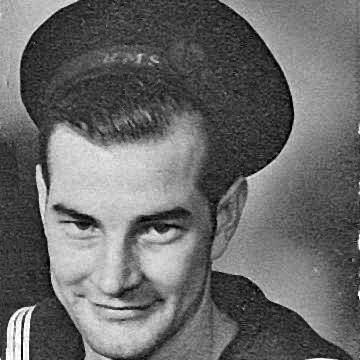
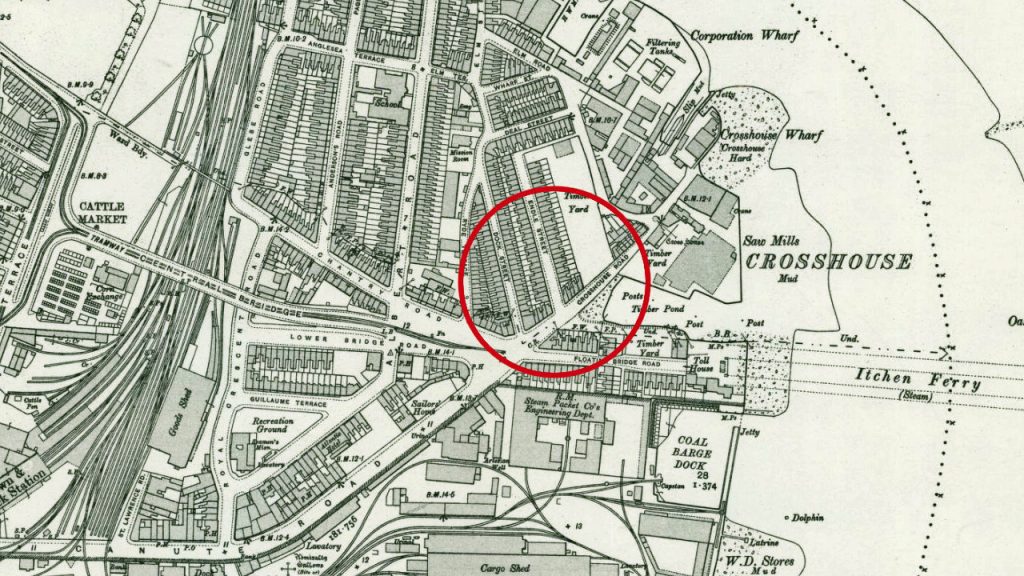
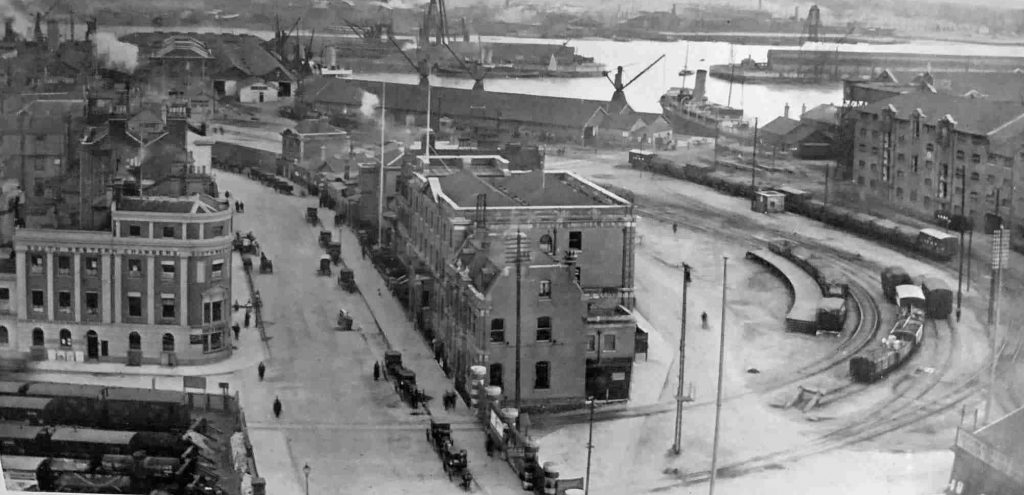
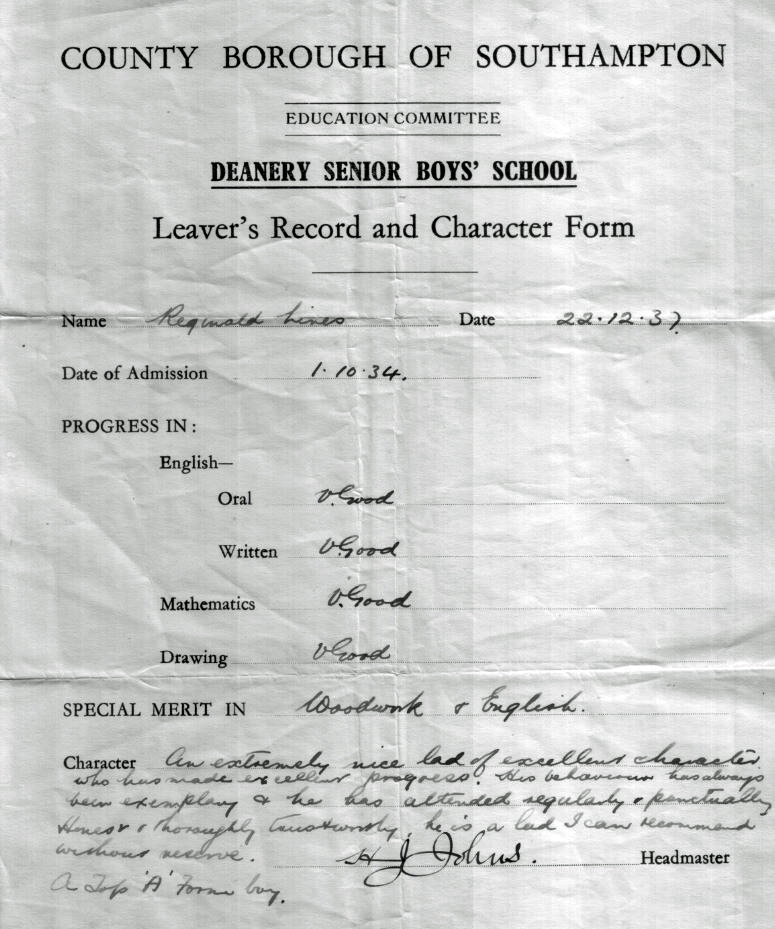

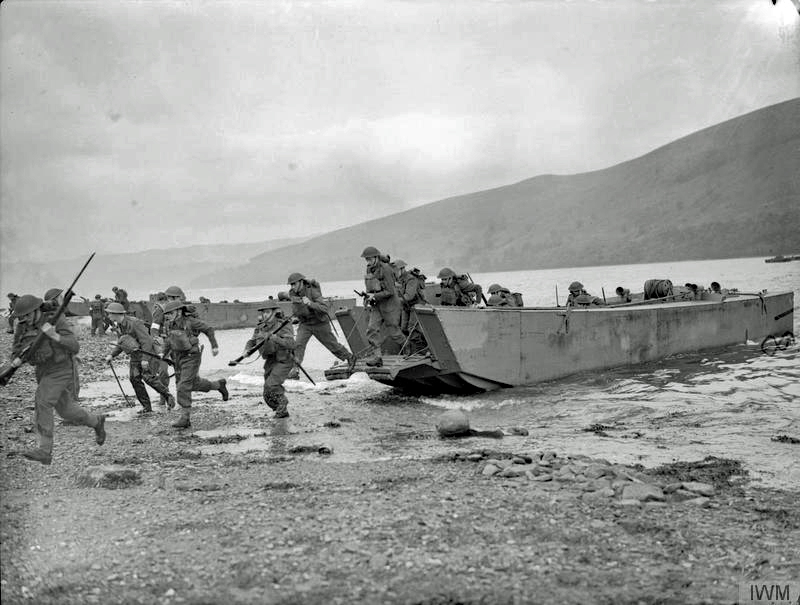
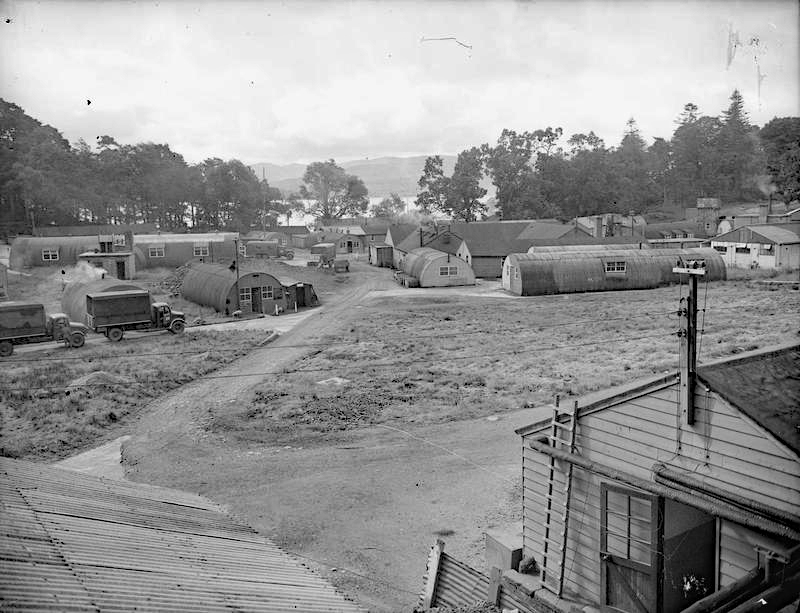
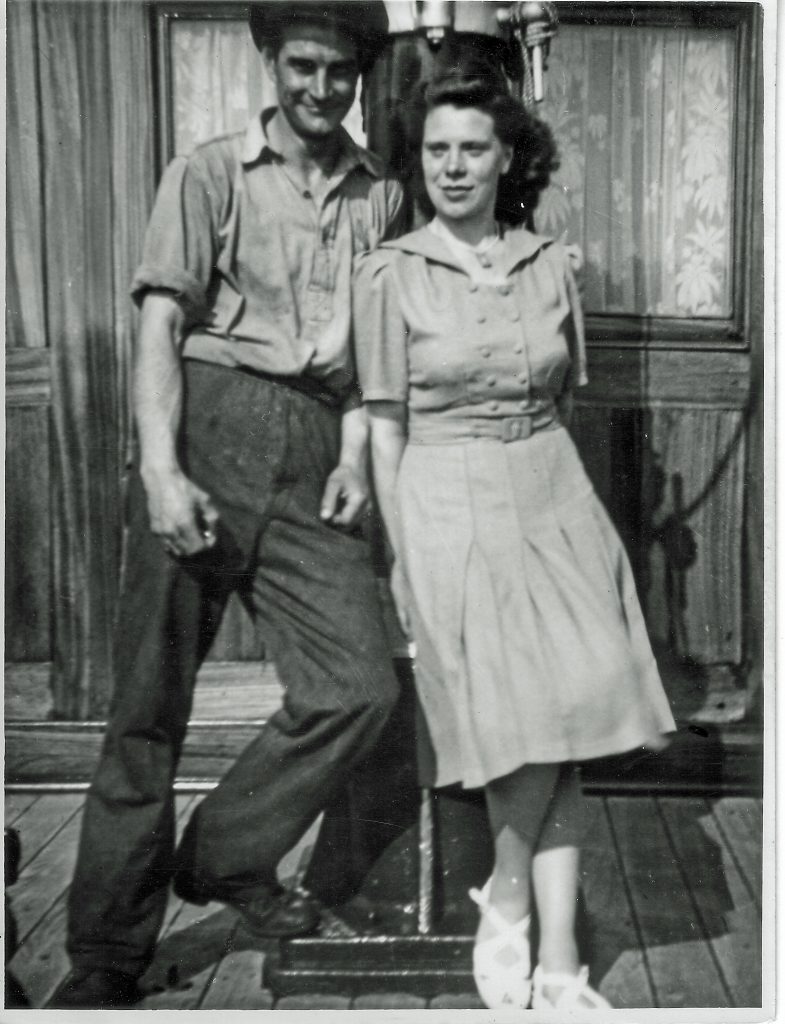
Comments are closed